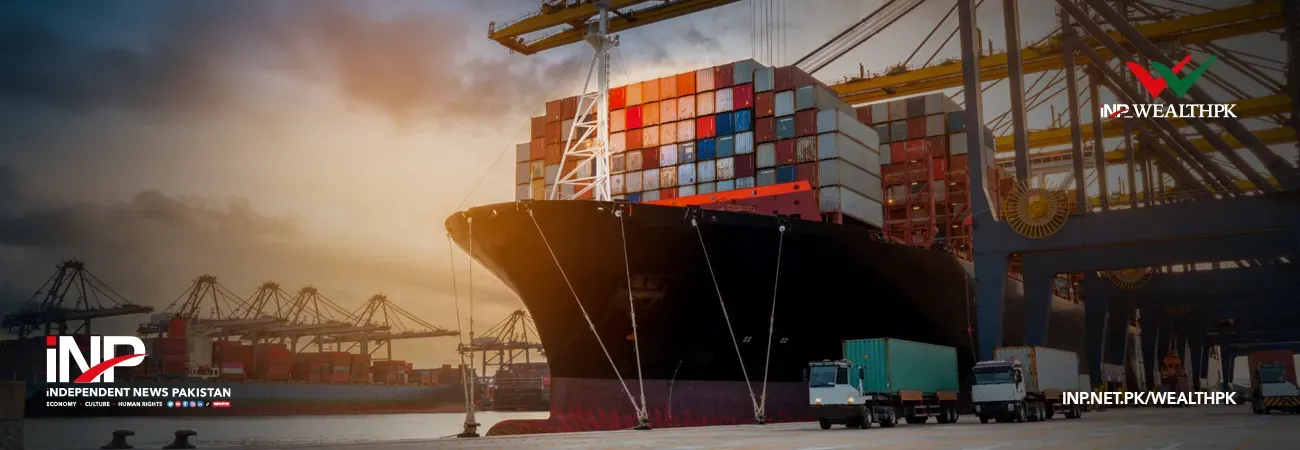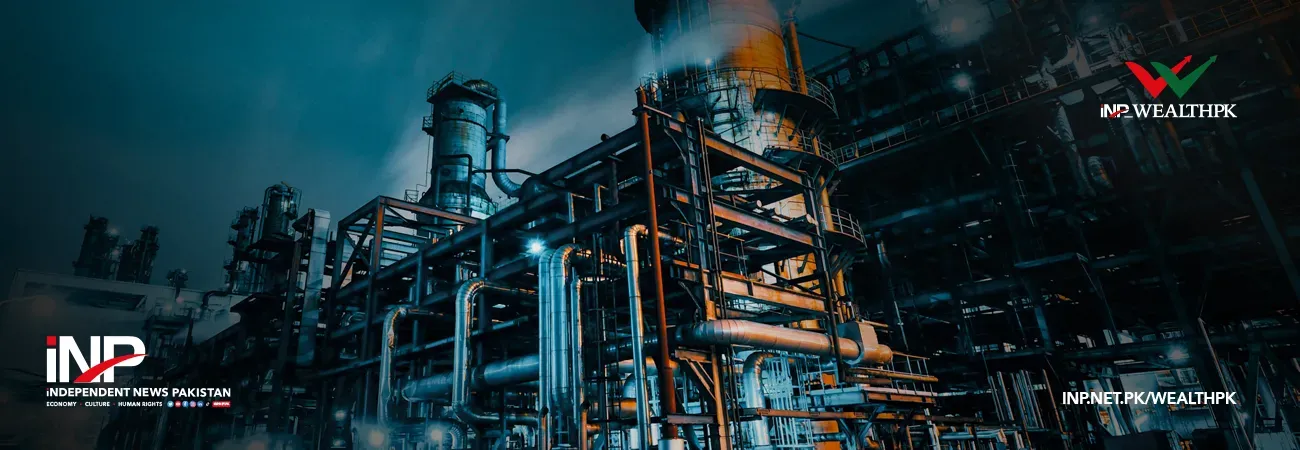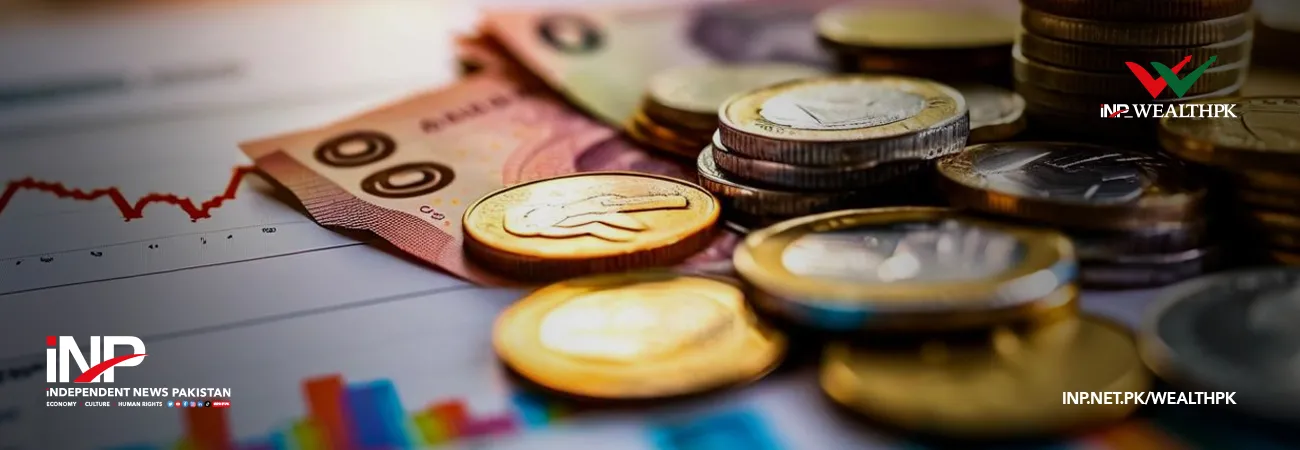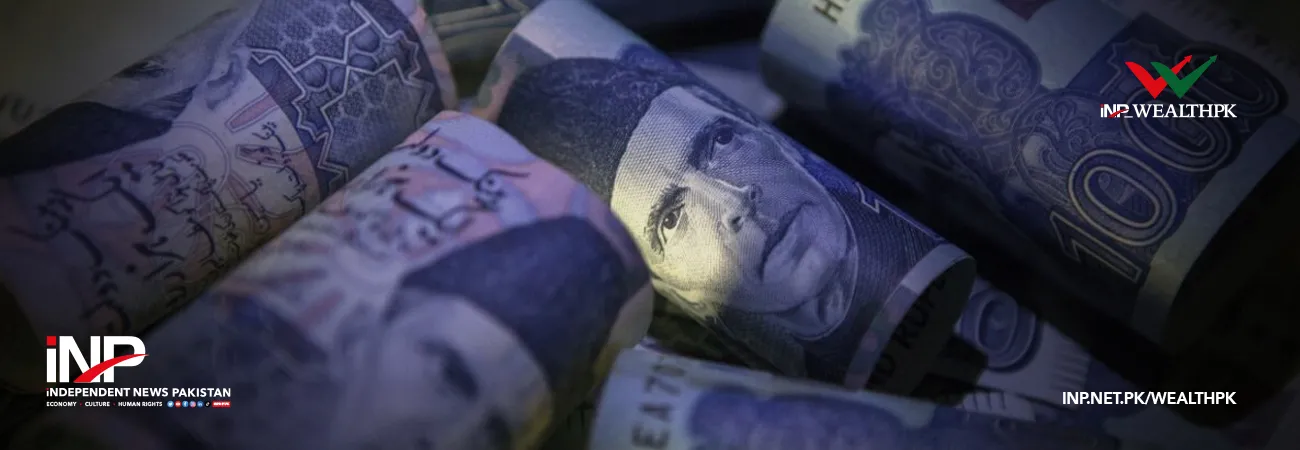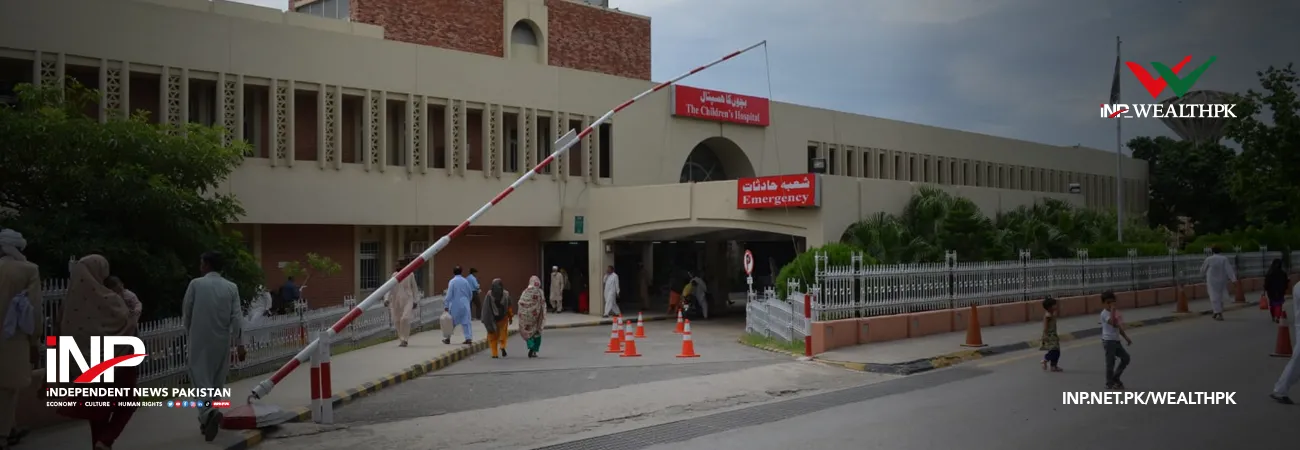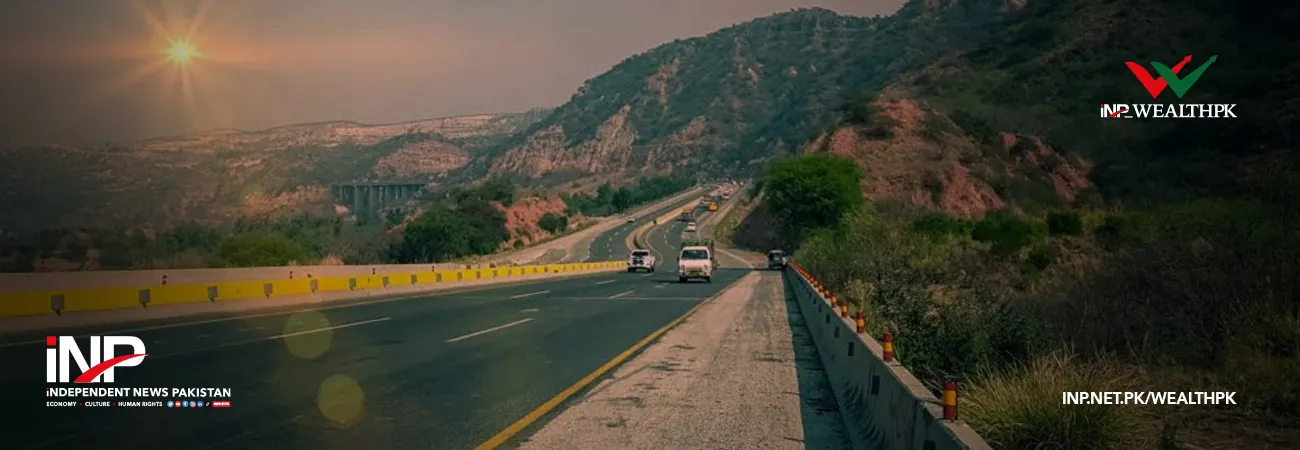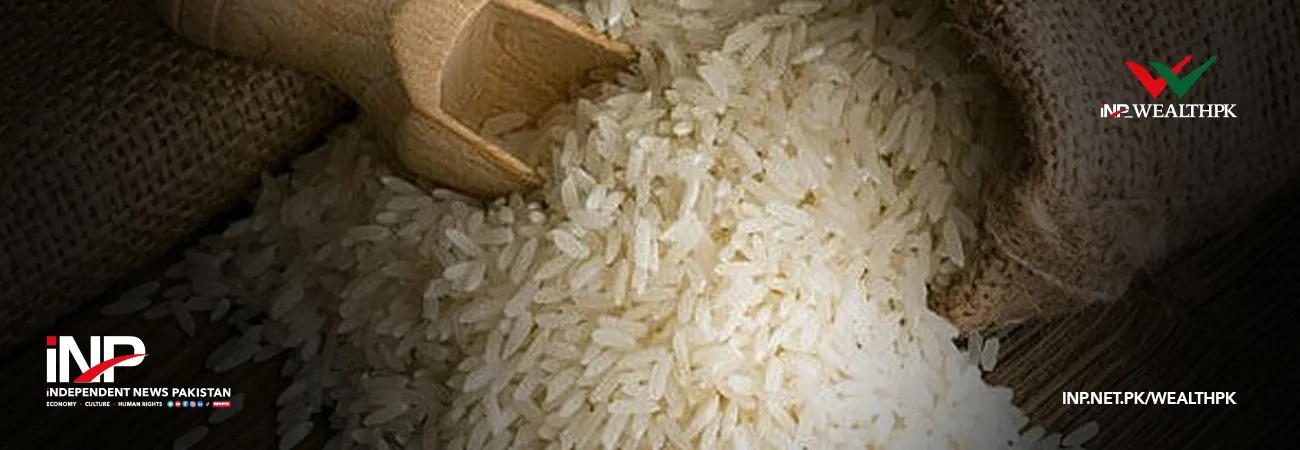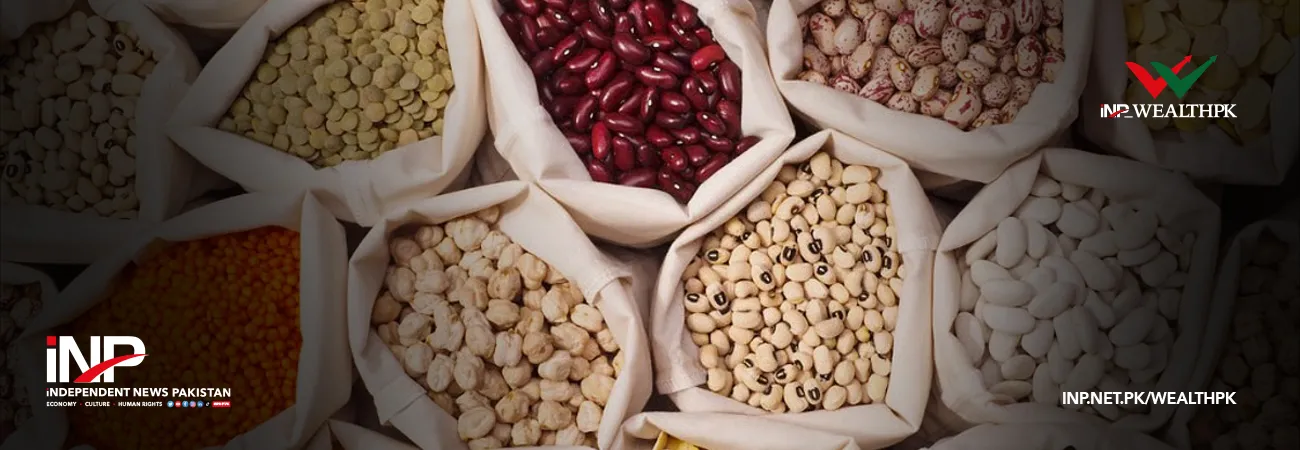INP-WealthPk
By Ayesha Mudassar
ISLAMABAD, Jan. 18 (INP-WealthPk): The imposition of new taxes has increased the tax burden on the cement industry.
The spokesperson for All-Pakistan Cement Manufacturers Association (APCMA) said the major hurdle facing the cement industry was excessive taxes. He explained that the Federal Excise Duty was Rs 1,500/tonne and Rs75/bag of cement, while the General Sales Tax was 17% and 100 Rs/bag, and provincial taxes on raw materials were 120 Rs/tonne.
The spokesman said utilization of coal was 130kg per tonne of cement in production and the import duty on coal was US$160-US$170 per tonne. The higher per-unit price of electricity and freight cost also causes prices of cement to be higher. The cement industry is not much more competitive in the international market due to expensive electricity and high federal and provincial excise duties.
According to the spokesperson, there was an increased demand for cement due to a number of factors. As a result, more cement manufacturing units were being set up despite the fact that the industry was facing tough challenges on the tax front.
Lucky Cement, Fauji Cement, Bestway Cement, DG Khan Cement, and Maple Leaf Cement have announced their plans to set up more units to increase the output.
The capacity expansion is mainly based on several factors. Firstly, the market is already utilizing a higher percentage of the existing capacity. Secondly, the construction of dams, Naya Pakistan Housing Projects (NPHP), and projects under the China-Pakistan Economic Corridor require increased cement production.
According to the data, cement sales in FY20 were around 47.8 million tons, while in the current fiscal year, it was estimated to reach nearly 58.6 million tons. For FY22, experts expect the demand to grow by 10% YoY. The sales would grow to 64.4 million tons and by FY23, these would reach 70.1 million tons. Cement production in Pakistan increased to 4,479 thousand tonnes in October 2021 from 4,042 thousand tonnes in September 2021.
 The growth in FY22 and FY23 is achievable due to aggressive work on the construction of dams, low markup-based mortgage loans, banks compliance towards five percent of advances to the construction sector, and completion of grey structures under the construction package by June 2023.
Global cement consumption is expected to grow by 5% yearly till 2025. The consumption in Pakistan is also expected to have a CAGR of 7% till the year 2025. The biggest challenge facing Pakistan's cement industry would be to control the cost due to rapidly increasing coal prices, fuel, and energy costs.
The cement industry is providing employment opportunities to tens of thousands of people and contributing more than 160 billion to the state exchequer in the form of taxes on a yearly basis.
The industry needs great support from the government by rationalizing/reducing taxes and facilitating its operations through the provision of subsidies. As cement is the main component of the housing sector, the government should consider a decrease in excise duties. The government could enhance cement consumption by adopting policies that encourage industrialization and boost the housing and construction sector.
The growth in FY22 and FY23 is achievable due to aggressive work on the construction of dams, low markup-based mortgage loans, banks compliance towards five percent of advances to the construction sector, and completion of grey structures under the construction package by June 2023.
Global cement consumption is expected to grow by 5% yearly till 2025. The consumption in Pakistan is also expected to have a CAGR of 7% till the year 2025. The biggest challenge facing Pakistan's cement industry would be to control the cost due to rapidly increasing coal prices, fuel, and energy costs.
The cement industry is providing employment opportunities to tens of thousands of people and contributing more than 160 billion to the state exchequer in the form of taxes on a yearly basis.
The industry needs great support from the government by rationalizing/reducing taxes and facilitating its operations through the provision of subsidies. As cement is the main component of the housing sector, the government should consider a decrease in excise duties. The government could enhance cement consumption by adopting policies that encourage industrialization and boost the housing and construction sector.




